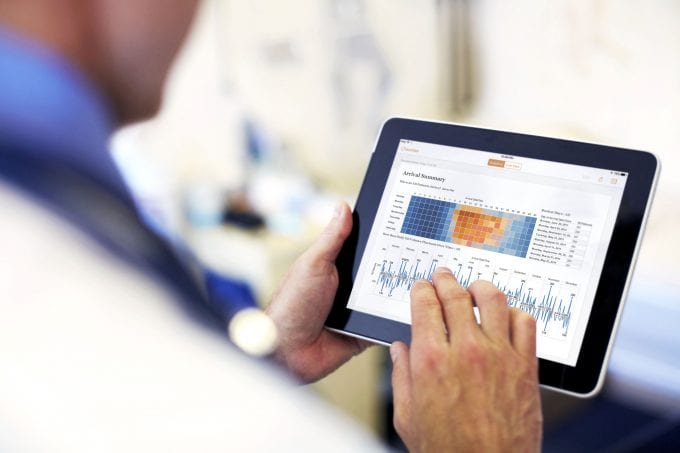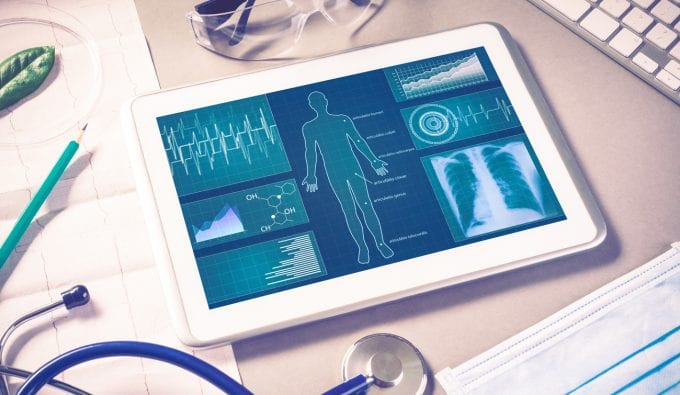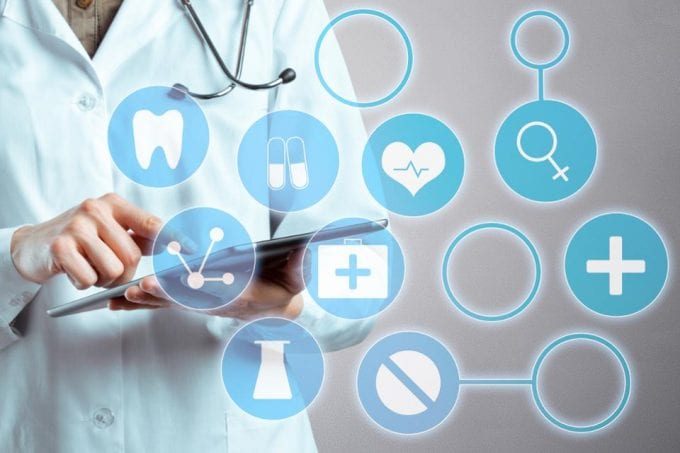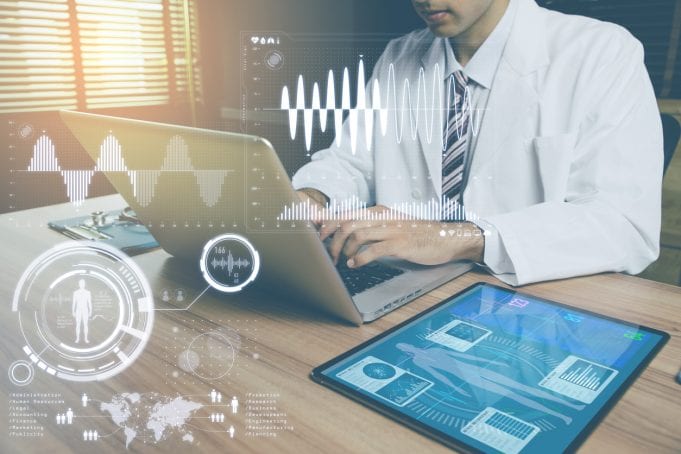When we talk about healthcare, the first thing that comes to mind is science as opposed to mathematics. However, in recent years, people have started to discover the benefits that data analytics can provide healthcare organizations. Now, millions of statisticians are employed by establishments like hospitals and pharmacies. But how exactly are data analytics used in the healthcare industry? We’ll be answering this question in our article, so read on if you’re considering a career in this profession and want to find out more.
Effectiveness of Treatments

Data analytics are typically used to evaluate how effective treatment, medication, or prescription is. Statisticians do this by looking at medical records, identifying patterns in the data, and then drawing conclusions on what this could mean. For example, they could highlight side effects that medication might cause or show exactly how much a patient’s infection has abated when given a certain antibiotic. This is incredibly useful because it provides hard evidence as to whether or not a treatment is effective.
The efficacy of treatments will then be used alongside all the other data gleaned from patients to further aid in medical projections. It might not seem like such a big deal on a case to case basis, but when you consider how it can be used to improve the effectiveness of treatments as a whole, it shows just how crucial data analytics is to the health sector.
Effectiveness of Operations

You can also use data analytics to determine how efficient policies and procedures are in a healthcare operation. This is necessary because when lives are at risk, not a moment can be wasted. Analytics can highlight where the most time is being spent during an operation, or where mistakes are most likely to occur. Corrections can be made from here. Let’s look at the basic example of how much time it takes someone to receive emergency surgery after being admitted to the hospital. If data analytics show that your hospital takes longer than the average, then managers will know they’re not as effective as they could be and address this issue.
Projections

The predictive abilities of statistics are a massive benefit to healthcare organizations. By looking at old data patterns, we can estimate what will happen in the future and prepare ourselves. Statistical projections are what have helped healthcare organizations ready themselves for the coronavirus pandemic, so they have all the necessary resources available to stop them from becoming overwhelmed and provide a high quality of care. Projections are also helpful when it comes to the population’s health as preventive measures can be put in place to reverse trends i.e. the growing rates of childhood obesity.
The use of healthcare projections will ensure that not only will we successfully manage pandemics such as COVID-19, but that we can do so without adding to the risk. After all, while everyone is focused on the pandemic, it does not change the fact that people are still going to the hospital for many other reasons – which is the reason why many hospitals are filled to the brim with cases. It might seem like something of a mess now, but the numbers will in turn help shape the healthcare sector in the future. Just as previous projections are aiding hospitals with a mix of pandemic and common cases, the projections of today will further transform healthcare in the future.
Risk Factors

Data analytics are also able to identify when people are at risk. Take the example of coronavirus. Without analytics, we wouldn’t have been able to deduce as quickly as we did that people with diabetes and lung diseases are most likely to suffer terribly from the illness. Statistics also allow us to determine what factors predispose a person to a condition like cancer. They highlight who could suffer from side effects to medication, too.
Risk factors are also one of the primary causes of concern for illnesses that might not necessarily be the easiest to track. There are plenty of different conditions out there that are defined by their risk factors, allowing people to take precautions and hopefully avoid the condition altogether. For example, while cancer has many different factors, smoking is one of the primary causes of lung cancer. The more information acquired through the use of data analytics, the better it will be – not just for healthcare providers, but for humanity as a whole.
The Healthcare Sector as a Whole

While there are plenty of reasons why data analytics are changing the healthcare industry, there is no denying that aside from the specifics, it is clear to see just how analytics can transform the sector in the future. After all, each and every case that hospitals experience at any given time adds to the already staggering list of information that can be used to better every factor of patient care. The more information we garner about the use of treatments, projections, risk factors, and overall effectiveness, the easier it will be to predict specific health outcomes.
The reason why such a thing is so crucial is that it allows people to consider precautions rather than simply reacting to what is already there. For example, one of the risk factors of tremors happens to be age, making it somewhat challenging to avoid the condition. However, as time goes on, more information can be gleaned from patients, which in turn will improve not just the method of treatment, but precautionary actions as well. While there is still a long way to go, the future is looking bright for healthcare analytics, as hospitals will continue to provide information that can be used to transform and improve the healthcare sector as a whole.
It’s obvious how data analytics has changed the healthcare industry. They’ve helped make everything more effective, plus ensure we can intervene early when someone is at risk or something like a pandemic is happening. If you’re interested in learning more about healthcare analytics, then visit dhge.org to see what courses are available to you.









